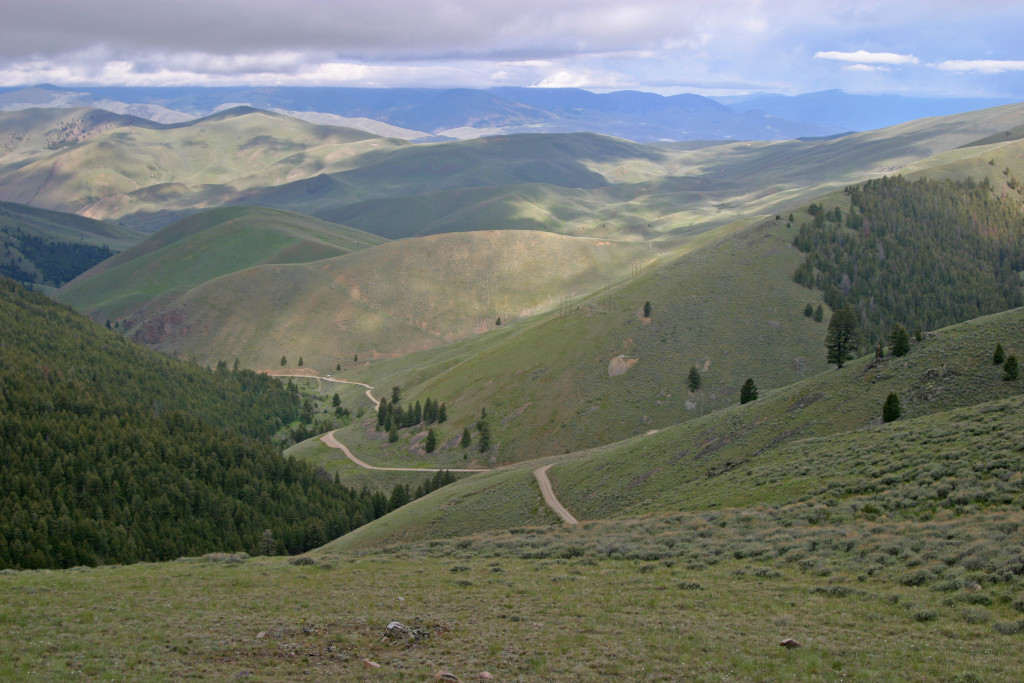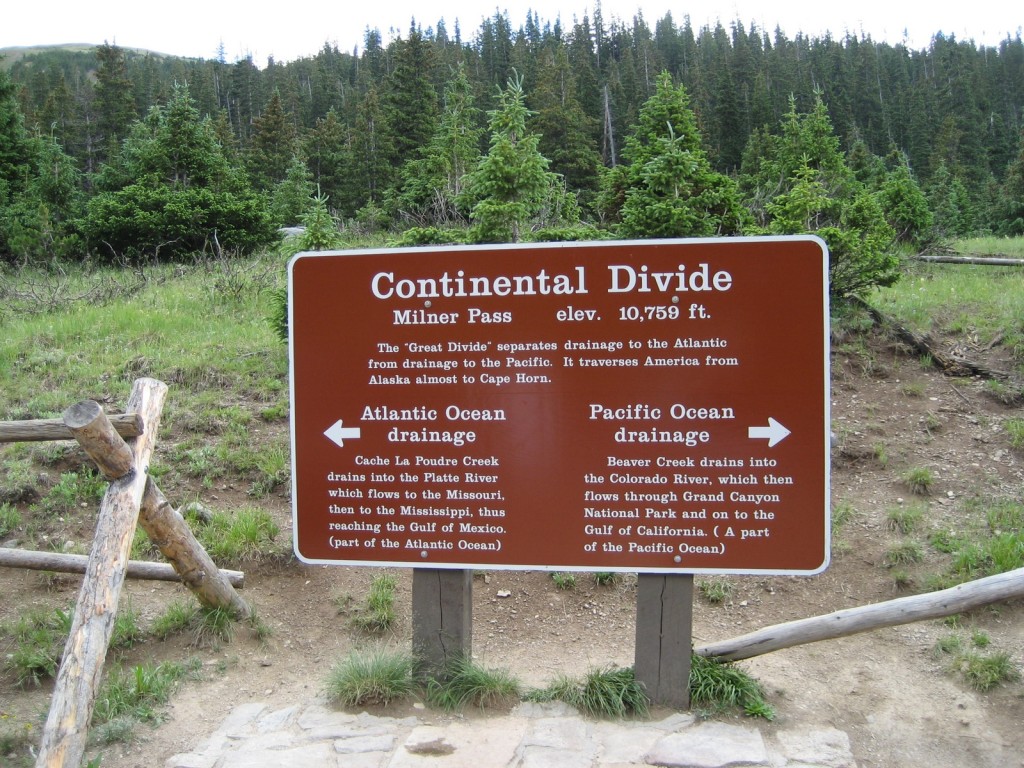 While out hiking in the Vasquez Peak Wilderness the other day, we hiked along The Continental Divide Trail. While most people are familiar with the Appalachian Trail and to a lesser extent, the Pacific Crest Trail, few people are aware of a third long distance hiking trail that traverses the Rocky Mountains. In the long distance hiking community, the three trails together are referred to as The Triple Crown. And completing this Triple Crown is even more difficult than the horse racing Triple Crown (in my humble opinion). That’s because the three trails together total over 7000 miles of hiking, that’s a lot of steps to haul a 40 plus pack through all kinds of weather.
While out hiking in the Vasquez Peak Wilderness the other day, we hiked along The Continental Divide Trail. While most people are familiar with the Appalachian Trail and to a lesser extent, the Pacific Crest Trail, few people are aware of a third long distance hiking trail that traverses the Rocky Mountains. In the long distance hiking community, the three trails together are referred to as The Triple Crown. And completing this Triple Crown is even more difficult than the horse racing Triple Crown (in my humble opinion). That’s because the three trails together total over 7000 miles of hiking, that’s a lot of steps to haul a 40 plus pack through all kinds of weather.
Though little known, the Continental Divide Trail is probably the most difficult of the three for good reason. Designated in 1978 as a National Scenic Trail, as its name denotes, it travels along the Continental Divide Trail of North America. The Continental Divide lies mostly along the spine of the Rocky Mountains, and refers to the place where water on one side goes to the Atlantic Ocean, and water on the other side flows to the Pacific Ocean. The CDT covers the longest distance of all the National Scenic Trails – 3100 miles total – from the Mexican border to Canada, traveling through five states along the way. The CDT t goes through various ecosystems, and accompanying harsh weather with it, from desert to alpine tundra. It even goes up and over a 14,000 foot peak, Grays Peak, in Colorado. The trail meanders along some very rugged terrain, and is very remote. This makes for some spectacular scenery, especially when considering it bisects three of the most scenic national parks in the country, Rocky Mountain, Yellowstone and Glacier. 
But one of the trickiest parts of planning and successfully completing and long distance through hike is the logistics of resupplying. And all that remoteness of the CDT means it is extremely challenging to get food or supplies along the way without a major detour off the trail. Because of its distance and difficult terrain, few people even attempt to through-hike the entire trail (about 200) and even fewer actually complete it. Completing it right now means being comfortable with cross country travel, as only about 76 percent of the trail is technically complete, the rest requiring bushwhacking or walking along roads.
I don’t plan on ever even attempting to hike the entire CDT, but I feel lucky just to hike a section or two now and then. I’ve gotten the chance to do day hikes or even short backpacks along it, and have been awed by the scenery and beauty. Despite its accessibility, I rarely feel crowded while hiking on it, and in fact, have spent several days hiking mostly alone. If I’m really lucky (and healthy), I might just be able to complete more than half of the CDT in Colorado, and I would call that a pretty amazing experience in itself.

